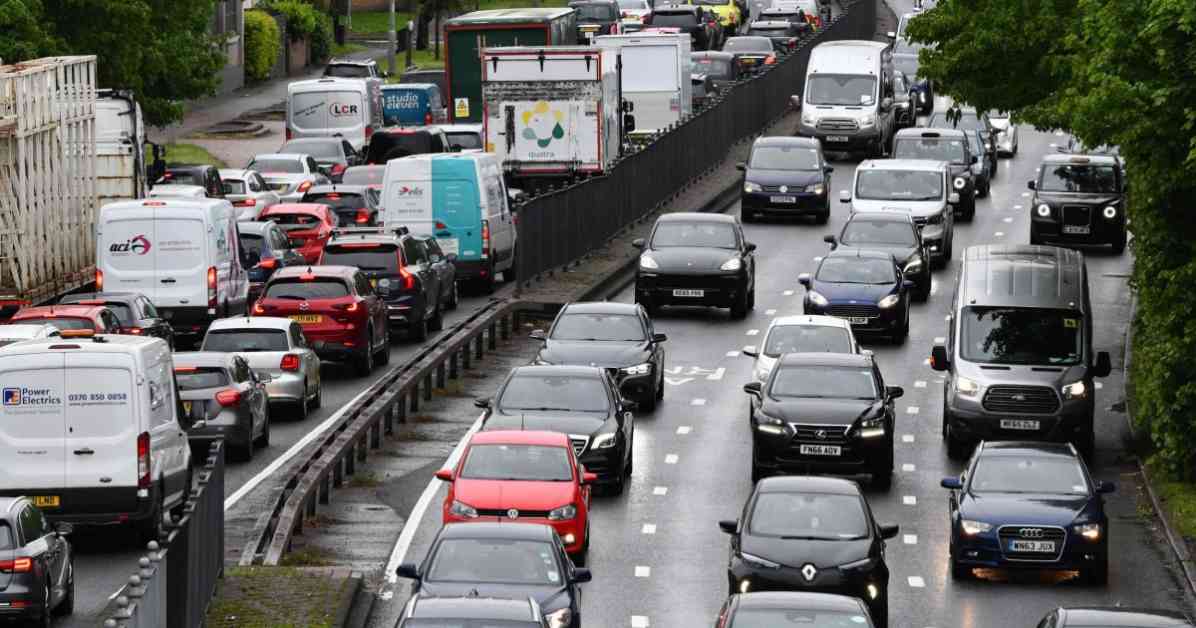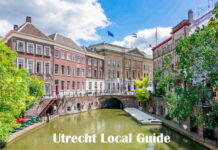London is a bustling city known for its iconic landmarks, but it is also infamous for its heavy traffic congestion. Whether you’re walking, cycling, or taking the Tube, the constant hum and fumes of traffic are always present in London. Some boroughs in the city experience worse traffic congestion than others, making the daily commute a challenge for many residents.
According to the Department for Transport data, Hillingdon has been identified as the most congested area in Greater London, with a staggering 1.44 billion vehicle miles traveled on its roads last year. This west London borough, home to Heathrow Airport and a gateway to the M40, has consistently topped the list for traffic congestion in recent years. Following closely behind is Havering, located near Essex, where drivers traveled 1.12 billion miles in 2023.
The top five boroughs with the highest traffic congestion in London include Hillingdon, Havering, Enfield, Barnet, and Hounslow. On the other hand, central London boroughs like the City of London, Islington, Hackney, Camden, and Hammersmith and Fulham experience significantly less traffic congestion.
Experts attribute the high traffic volumes in boroughs like Hillingdon to London’s status as one of the most congested cities globally. Despite this, most London boroughs have seen a decrease in traffic levels compared to pre-coronavirus times in 2019, with the exception of Enfield and Sutton. The analysis also reveals a significant increase in the share of vans on the roads, accounting for 18% of all traffic compared to 8.8% in 2019.
In an effort to combat pollution, London Mayor Sadiq Khan expanded the Ultra Low Emission Zone (ULEZ) to cover all of Greater London in August last year. Although this move faced opposition from some councils, including Hillingdon, a court ruling upheld the expansion. The ULEZ expansion has reportedly had a positive impact on air quality in London, with nitrogen oxide emissions from cars and vans significantly reduced.
Mayor Khan stated that the ULEZ expansion has exceeded expectations in improving air quality and reducing pollution levels in the city. The report indicates that the ULEZ has been successful in taking old, polluting vehicles off the roads, leading to cleaner air for millions of Londoners. With the expansion of the ULEZ to outer London, the city is seeing tangible improvements in air quality and environmental health.
Overall, traffic congestion remains a significant challenge in many London boroughs, but initiatives like the ULEZ expansion are making a positive impact on air quality and pollution levels. As the city continues to address traffic issues, residents can look forward to a cleaner and healthier environment for future generations.













